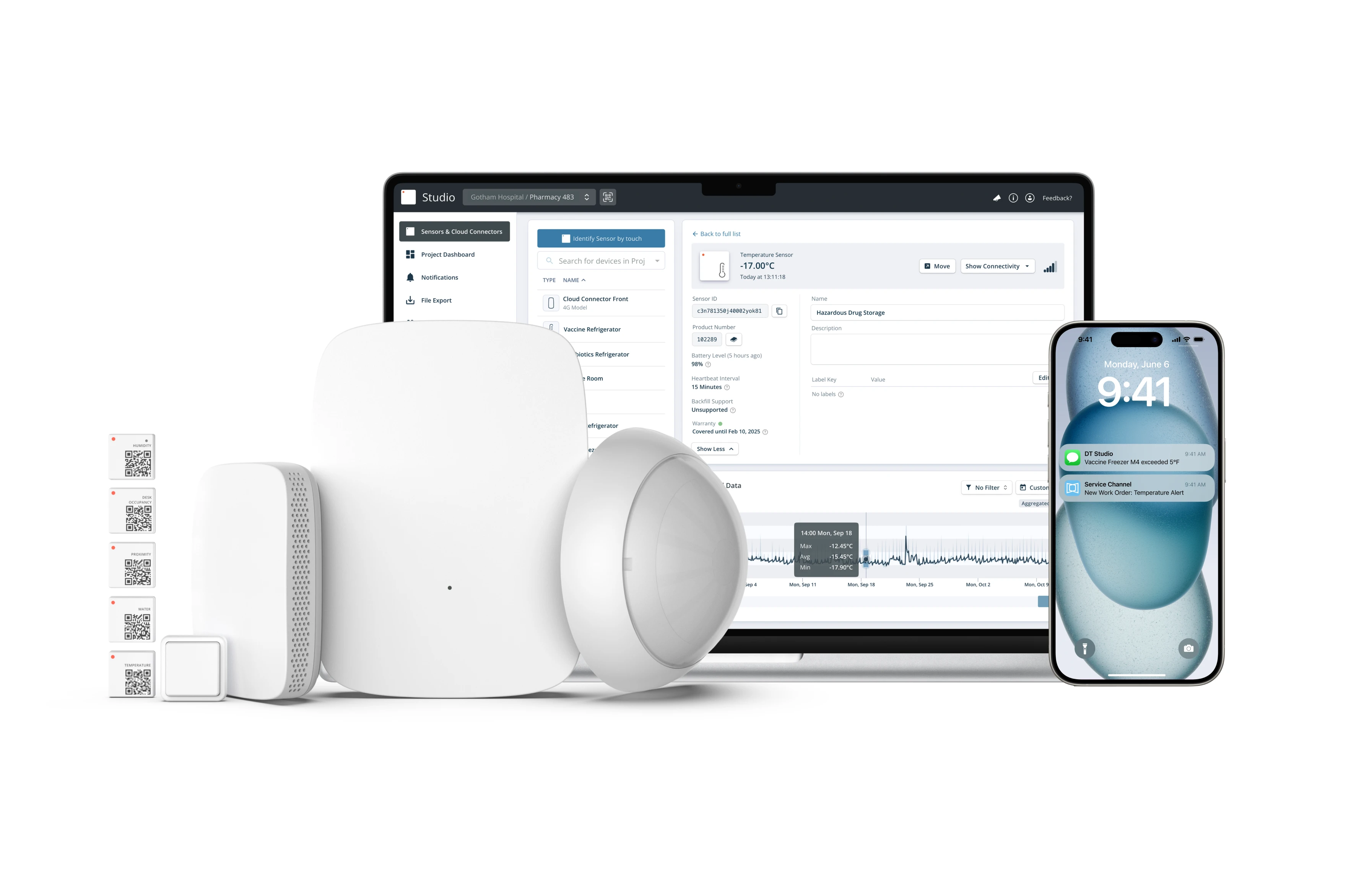Introducing The Wireless Desk Occupancy Sensor

In today's evolving work environment, understanding real estate and office usage is essential. The rise of hybrid working models, with employees working from various locations, including home and office, demands a new approach to workspace management.
To adapt to these changes, having accurate, current data on building, office, and desk utilization is paramount. Service providers striving to offer enhanced solutions and optimize real estate lease costs require a deep understanding of space usage.
Facilities Management (FM) teams need reliable data for both short-term and long-term planning. This data helps them adjust desk numbers, meeting room availability, service hours, and potentially real estate size to align with actual business needs.
How to obtain this information? Options include physical monitoring, building access systems, and intuition. Yet, the most straightforward, accurate, and cost-effective method is using wireless desk occupancy sensors.
What Is A Desk Occupancy Sensor?

Desk occupancy sensors play a crucial role in the modern workplace. They provide insights into desk usage and work patterns. With various sensor types on the market, the data collection methods and the data itself can vary. These sensors are becoming an essential tool for modern workplace management.
Disruptive Technologies (DT) offers a compact desk occupancy sensor. It's small (19x19x3.5mm), easy to install, and has an 8-year battery life. The sensor respects privacy with anonymized data collection and minimal visibility.
The DT Desk Occupancy Sensor uses temperature measurements and machine learning to determine desk occupancy. It detects occupancy within 5-10 minutes of a person's arrival and vacancy shortly after they leave. The data is transmitted through DT’s encrypted radio protocol, SecureDataShot, and relayed through a Cloud Connector gateway to the Cloud. Using Studio, webhooks, or REST APIs, this data can be used to activate services, optimize space utilization, and provide insight for future decisions on real estate needs and design.
Applications of the Desk Occupancy Sensor

Desk occupancy sensors provide valuable data for solution providers, tenants, employers, and landlords. They contribute to:
- User Comfort and Wellbeing: By identifying real-time and long-term desk usage, these sensors ensure enough desks are available for a flexible workforce. They reduce the need to search for available desks by providing occupancy data online or via an app.
- Cost Savings: By analyzing trends in desk and space utilization, landlords and FM teams can understand real estate requirements better, potentially leading to cost savings.
- Cleaning and Maintenance: Understanding space usage allows for optimized cleaning schedules, focusing on busy areas.
- Energy Efficiency: Adjusting HVAC systems based on actual space usage leads to reduced energy consumption, lower costs, and a smaller CO2 footprint.
Importance of the Desk Occupancy Sensor

The desk occupancy sensor is affordable, discreet, and easy to install. Its long battery life minimizes operational costs. Importantly, it ensures privacy by collecting data anonymously. The sensor data can be integrated into various applications for analytics and notifications. It is designed for scalability and compatibility with other DT sensors.
Typically, the data is used by an Integrated Workplace Management System (IWMS) which will help workplaces optimize:
- Facilities management & maintenance
- Capital project management
- Real estate lifecycle management
- Resource management
Bottomline
The shift in work behavior has made understanding space utilization more challenging. Desk occupancy sensors provide critical data for this purpose, enabling organizations to optimize operations, reduce costs, and improve the workplace environment. This data is crucial for informed decision-making and enhancing occupant comfort and experience.
By leveraging these insights, organizations can make impactful changes, benefiting all stakeholders. Facilities managers and CFOs often use this data for lease optimization and cost savings.

Complete Guide to Understanding Workplace Occupancy
Get Started


.png)
.png)

